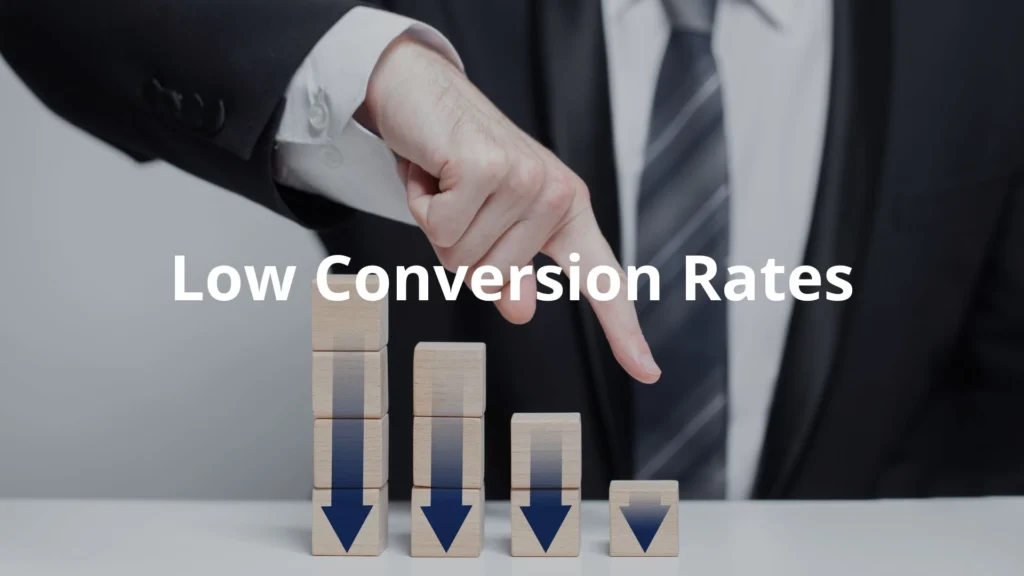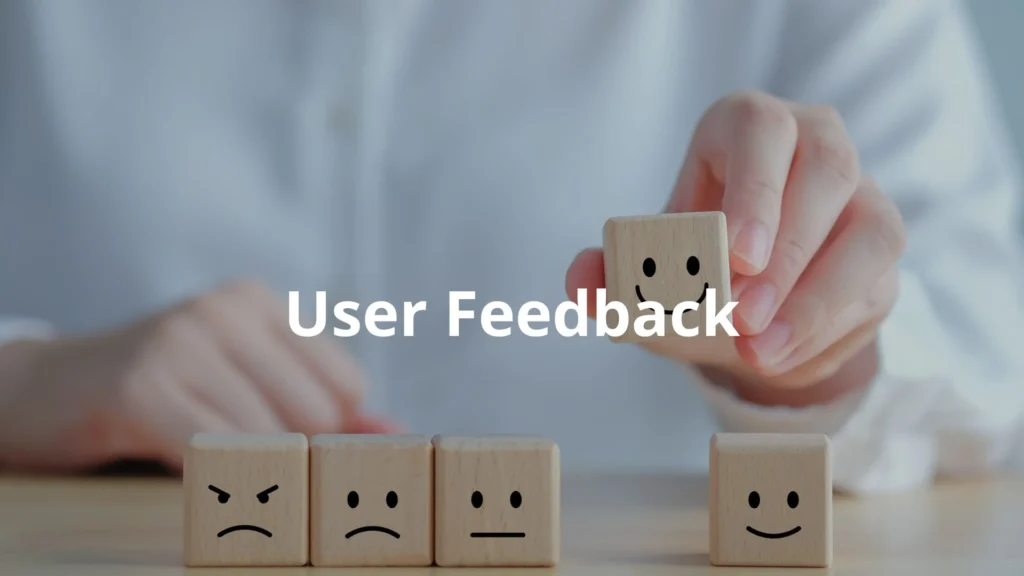
Introduction
In the ever-evolving digital landscape, a website serves as the cornerstone of a business’s online presence. It’s more than just a virtual storefront; it’s the first impression many customers have of your brand. However, like any other tool, websites can become outdated or inefficient over time. Web redevelopment is the process of overhauling an existing website to address various shortcomings, adapt to new technologies, or align with changing business needs. But how do you determine when it’s time to take the plunge?
This comprehensive guide explores the critical signs that indicate the need for web redevelopment. From outdated design and poor user experience to security vulnerabilities and business growth, we’ll delve into the key reasons for revamping your website and how doing so can propel your business forward.
1. Outdated Design or Technology
The digital world moves quickly, and what was cutting-edge five years ago might now appear antiquated. An outdated website design or technology can significantly impact your brand image and user engagement.
- Visual Appeal: Modern consumers expect sleek, aesthetically pleasing websites. If your site looks dated, it may give the impression that your business is out of touch.

- Technological Advancements: Older websites often rely on legacy platforms or outdated coding languages, limiting functionality and integration capabilities.
- Competitor Edge: If your competitors’ websites are more visually appealing and functional, you risk losing potential customers to them.
Solution
Invest in a redesign that incorporates contemporary design trends and cutting-edge technology. This could include upgrading to a new CMS, adopting modern frameworks, or enhancing visual elements to align with current branding standards.
2. Poor User Experience (UX)
User experience plays a pivotal role in retaining visitors and converting them into customers. A poorly designed website can frustrate users and drive them away.
- Confusing Navigation: If users struggle to find information, they’ll quickly leave your site.

- Lack of Mobile Responsiveness: With mobile devices accounting for a significant portion of web traffic, an unresponsive design can alienate a large audience.
- High Bounce Rates: Metrics like high bounce rates often indicate that users aren’t engaging with your site.
Solution
Conduct a UX audit to identify pain points. Optimize navigation, ensure responsiveness across devices, and focus on creating a seamless, intuitive user journey.
3. Slow Load Times
In today’s fast-paced world, users expect websites to load quickly. A delay of even a few seconds can result in lost revenue and decreased customer satisfaction.
- User Expectations: Studies show that 53% of mobile users abandon a site if it takes longer than three seconds to load.

- SEO Impact: Page speed is a ranking factor for search engines. Slow sites may rank lower, reducing visibility.
- Customer Perception: A slow website reflects poorly on your brand’s efficiency and professionalism.
Solution
Optimize your website’s load speed by compressing images, minimizing code, leveraging caching, and upgrading your hosting solution.
4. Low Conversion Rates
A website’s primary goal is to drive conversions—whether that means generating leads, selling products, or encouraging sign-ups. Low conversion rates often signal deeper issues.
- Ineffective CTAs: Weak or poorly placed calls-to-action fail to engage users.

- Cluttered Layouts: Overwhelming designs can distract visitors from taking desired actions.
- Non-Engaging Content: If your content doesn’t resonate with your audience, they’re unlikely to convert.
Solution
Redesign your website with a focus on conversion optimization. Use data-driven insights to refine CTAs, simplify layouts, and create compelling content.
5. Shifting Business Goals or Brand Identity
As businesses evolve, so do their objectives and branding. Your website should reflect these changes to maintain consistency and relevance.
- Rebranding Efforts: A new logo, color scheme, or tagline necessitates an updated website.
- Expansion: Introducing new products or services often requires additional website functionality or content.
- Target Audience Shift: If your audience demographics have changed, your website’s tone and design should cater to their preferences.
Solution
Work with designers and strategists to align your website with your updated brand identity and goals. Ensure consistency across all digital channels.
6. Security Vulnerabilities
With cyber threats on the rise, website security is more critical than ever. Outdated platforms and plugins can leave your site exposed to attacks.
- SSL Certification: A lack of HTTPS can deter visitors and reduce search engine rankings.
- Vulnerable Software: Older CMS versions or plugins are prime targets for hackers.
- Data Breaches: Compromised customer data can result in legal consequences and reputational damage.
Solution
Regularly update your CMS, plugins, and security protocols. Consider moving to a more secure hosting environment and implementing advanced security measures.
7. Lack of Scalability
As your business grows, your website must be able to handle increased traffic and functionality requirements.
- Traffic Overload: Sudden surges in visitors can cause slowdowns or crashes.

- New Features: Expanding your offerings may require additional functionalities, such as e-commerce capabilities or member portals.
- Global Reach: If you’re targeting international audiences, multilingual support and localization may be necessary.
Solution
Redevelop your website to include scalable architecture, cloud hosting, and modular features that can grow with your business.
8. Poor Search Engine Optimization (SEO) Performance
SEO is essential for driving organic traffic to your site. If your website is poorly optimized, you’re likely missing out on potential customers.
- Outdated Practices: Old SEO techniques, such as keyword stuffing, can harm rankings.

- Technical Flaws: Broken links, missing meta tags, or unoptimized images hinder search engine visibility.
- Low Content Quality: Thin or irrelevant content fails to engage users and search engines.
Solution
Conduct a thorough SEO audit to identify weaknesses. Update your content strategy, fix technical issues, and implement modern SEO practices.
9. Competitor Advancements
Staying competitive requires keeping up with industry trends and innovations. If your competitors have superior websites, it can affect your market position.
- Feature Gaps: Competitors may offer better functionalities, such as chatbots or interactive tools.

- Design Appeal: A more modern and engaging design can attract your shared audience.
- Technological Edge: Advanced technologies like AI or AR/VR may give competitors an upper hand.
Solution
Analyze competitor websites to identify their strengths and weaknesses. Use these insights to implement upgrades that set your website apart.
10. Integration Needs
Modern businesses rely on various tools to streamline operations and improve user experience. If your website cannot integrate with these tools, it’s time for redevelopment.
- CRM Integration: Seamless integration with customer relationship management tools enhances lead management.
- Payment Gateways: E-commerce sites require secure and user-friendly payment systems.
- Marketing Automation: Tools like email marketing and analytics platforms should sync effortlessly with your website.
Solution
Upgrade your website’s backend to support APIs and third-party integrations. Work with developers to ensure smooth functionality.
11. Inconsistent Analytics or Tracking
Without accurate data, making informed decisions about your digital strategy is nearly impossible. A poorly implemented analytics setup can hinder your efforts.
- Incomplete Tracking: Missing tags or broken integrations result in data gaps.
- Unusable Insights: Overcomplicated dashboards or irrelevant metrics can confuse decision-makers.
- Inaccurate Data: Faulty implementations skew reporting and analysis.
Solution
Overhaul your analytics framework to ensure comprehensive, reliable tracking. Use tools like Google Analytics, heatmaps, and conversion tracking to gain actionable insights.
12. User Feedback
Your audience’s opinions are invaluable. If you’re receiving consistent complaints about your website, it’s time to take action.
- Common Complaints: Users may highlight navigation issues, slow load times, or a lack of features.

- Feature Requests: Repeated demands for specific functionalities indicate unmet needs.
- Negative Reviews: Poor online reviews about your website can damage your brand reputation.
Solution
Gather and analyze user feedback through surveys, reviews, and usability testing. Prioritize changes based on recurring themes and critical issues.
13. Regulatory Changes
Legal compliance is essential for avoiding penalties and maintaining customer trust. Changes in regulations often require website updates.
- GDPR Compliance: Data privacy laws mandate clear policies and user consent mechanisms.
- Accessibility Standards: Websites must meet ADA or WCAG guidelines to accommodate all users.
- Industry-Specific Regulations: Certain sectors, like healthcare or finance, may have additional requirements.
Solution
Consult legal experts to ensure compliance with current regulations. Redevelop your website to incorporate necessary changes.
14. Frequent Technical Issues
Constant glitches and downtime frustrate users and erode trust. If technical issues are frequent, it’s time for a comprehensive revamp.
- Broken Links: Non-functional links harm SEO and user experience.
- Downtime: Regular outages indicate an unreliable hosting solution or outdated infrastructure.
- Buggy Features: Errors in forms, search functionality, or navigation discourage engagement.
Solution
Conduct a technical audit to identify and fix recurring issues. Upgrade to more reliable hosting and implement robust quality assurance processes.
15. Business Growth
As your business scales, your website must keep pace with increased demands and changing objectives.
- Expanded Offerings: New products, services, or locations require additional pages and features.

- Higher Traffic: A growing customer base necessitates enhanced performance and reliability.
- Personalization: Scaling businesses benefit from tailored user experiences based on customer behavior.
Solution
Plan for long-term scalability by redeveloping your website with modular components, scalable architecture, and advanced analytics capabilities.
Conclusion
Web redevelopment is not merely an expense; it’s an investment in your business’s future. A well-timed revamp can transform your website into a powerful tool for growth, ensuring it remains relevant, functional, and competitive in an ever-changing digital landscape. By addressing outdated designs, improving user experiences, enhancing security, and aligning with evolving business goals, you can unlock your website’s full potential.
Recognizing the signs that your website needs redevelopment is the first step toward digital excellence. Whether it’s slow load times, poor SEO performance, or shifting business needs, taking proactive action ensures your online presence continues to support your objectives. If you’re considering web redevelopment, now is the perfect time to take the leap and create a digital platform that drives success.